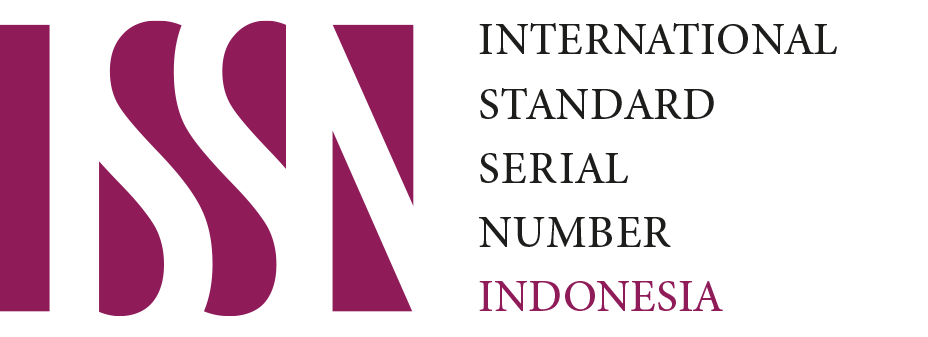Identification of Pediculus Humanus Capitis Exposure in Foster Children at the Orphanage
Abstract
Pediculus humanus capitis is a parasite known as head lice. This parasite causes itching that interferes with concentration, as well as irritation of the scalp. One of the factors for the spread of this parasite is personal hygiene that is low and quickly spreads in a crowded living environment. The purpose of this study was to describe the exposure to Pediculus humanus capitis in foster children at the An-Nahl Orphanage, Sragen Regency. This research method is descriptive research through cross sectional approach. The results of this study showed that 12 foster children (86%) in An-Nahl Orphanage, Sragen Regency had Pediculus humanus capitis and 2 foster children (14%) did not find Pediculus humanus capitis. Foster children at the An-Nahl Orphanage who have good personal hygiene category, 2 foster children (14%) are negatively exposed to Pediculus humanus capitis, sufficient category is 4 foster children (29%) are positively exposed to Pediculus humanus capitis, bad personal hygiene category is 8 foster children (57%) were positively exposed to Pediculus humanus capitis. The conclusion of the study was Pediculus humanus capitis was found in foster children at An-Nahl Orphanage, Sragen Regency, as many as 57% of all foster children had poor personal hygiene
Keywords
Full Text:
PDF (Bahasa Indonesia)References
Djuanda, A. (2015). Ilmu Penyakit Kulit dan Kelamin. Edisi 7. Jakarta : Badan Penerbit FKUI.
Eliska, N. (2015). Pediculosis Capitis. Availabelat: https://dokumen.tips/documents/pediculosis-kapitis-55f3076e6d4a3.html
Frankowski, B. L., dan J. A. Bocchini. (2010). Clinical report: Head Lice. American Academy of Pediatrics
Guanther, L. C. (2015). Pediculosis and Pthiriasis (lice infestasion). Medscape.
Hardiyanti, Nani Indah., dkk. (2015). Penatalaksanaan Pediculosis Capitis. Lampung: Universitas Lampung.
Kahar, F. (2019). Analisis Hubungan Higiene Perorangan dengan Kejadian Kecacingan Siswa Siswi SDN Barombong Kota Makassar. UNM Environmental Journals, 2(1), 12-17. DOI: https://doi.org/10.26858/uej.v2i1.9159
Nadira, Warda Ayu. (2019). Hubungan antara personal hygiene dan kepadatan hunian dengan kejadian pediculosis capitis di desa sukogidri jember. Jember :digital repository universitas jember.
Rahmawati, A. (2019). Effects of Hygiene Hygiene Against Worm Infection in Elementary Children. Jaringan Laboratorium Medis, 1(1), 6-10.
Restiana, R. (2010). Hubungan Berbagai Faktor Risiko Terhadap Angka Kejadian Pedikulosis kapitis di Asrama. Tesis. Yogyakarta: Fakultas Kedokteran Universitas Muhammadiyah Yogyakarta.
Wartonah, Tarwoto. (2010). Kebutuhan Dasar Manusia dan Proses Keperawatan. Jakarta: Salemba Medika.
Yousefi, S, Shamsipoor F, Abadi YS. (2012). Epidemiologi Study Of Head Luose (Pediculus Humanus Capitis) Infestation Among Primary School Students In Rural Areas Of Sirjan Country, South Or Iran. Thrita J Med Sci.
DOI: https://doi.org/10.31983/jlm.v2i2.7060
Article Metrics
Refbacks
- There are currently no refbacks.
Copyright (c) 2021 Jaringan Laboratorium Medis

This work is licensed under a Creative Commons Attribution-ShareAlike 4.0 International License.
--
OFFICE INFORMATION :
Jurusan Analis Kesehatan - Kemenkes Poltekkes Semarang, https://analis.poltekkes-smg.ac.id Jl. Wolter Monginsidi No. 115 Pedurungan Tengah, Semarang, Jawa Tengah, Indonesia ; Email: jlm@poltekkes-smg.ac.id
 Jaringan Laboratorium Medis disseminated below Creative Commons Attribution-ShareAlike 4.0 International License.
Jaringan Laboratorium Medis disseminated below Creative Commons Attribution-ShareAlike 4.0 International License.
Our Related Accounts :
 |  |  | |||||
| MoU PATELKI | ISSN BRIN | Google Scholar | Garuda | Stat Counter | DOI Crossref |
| Jaringan Laboratorium Medis © 2019 |









